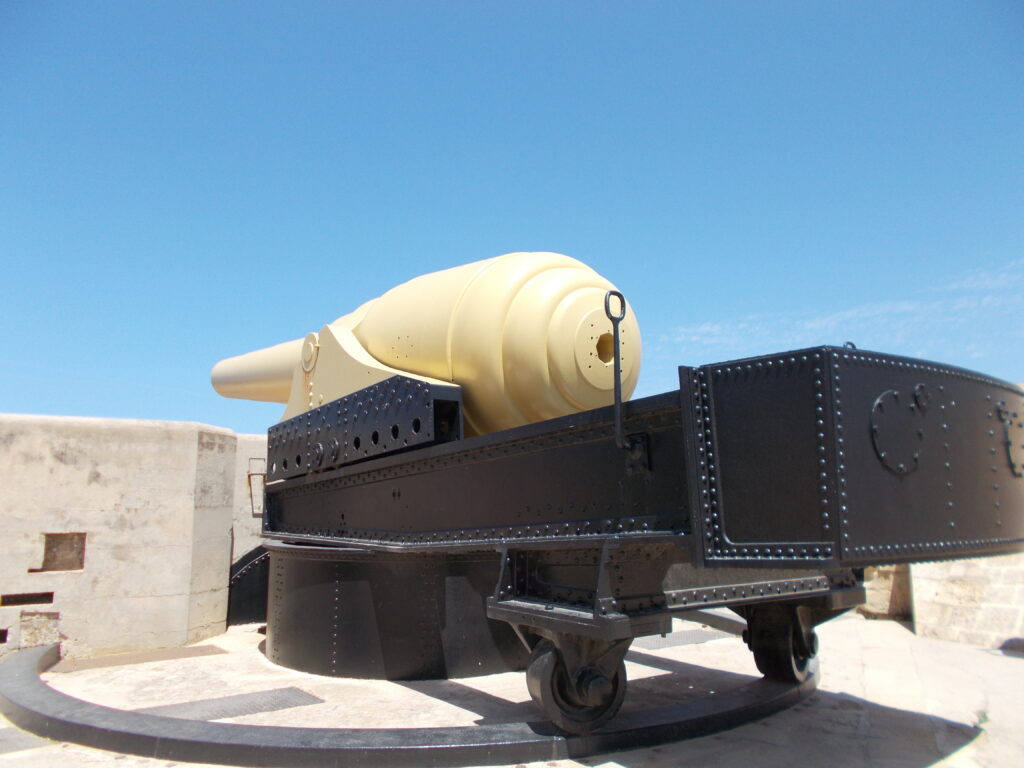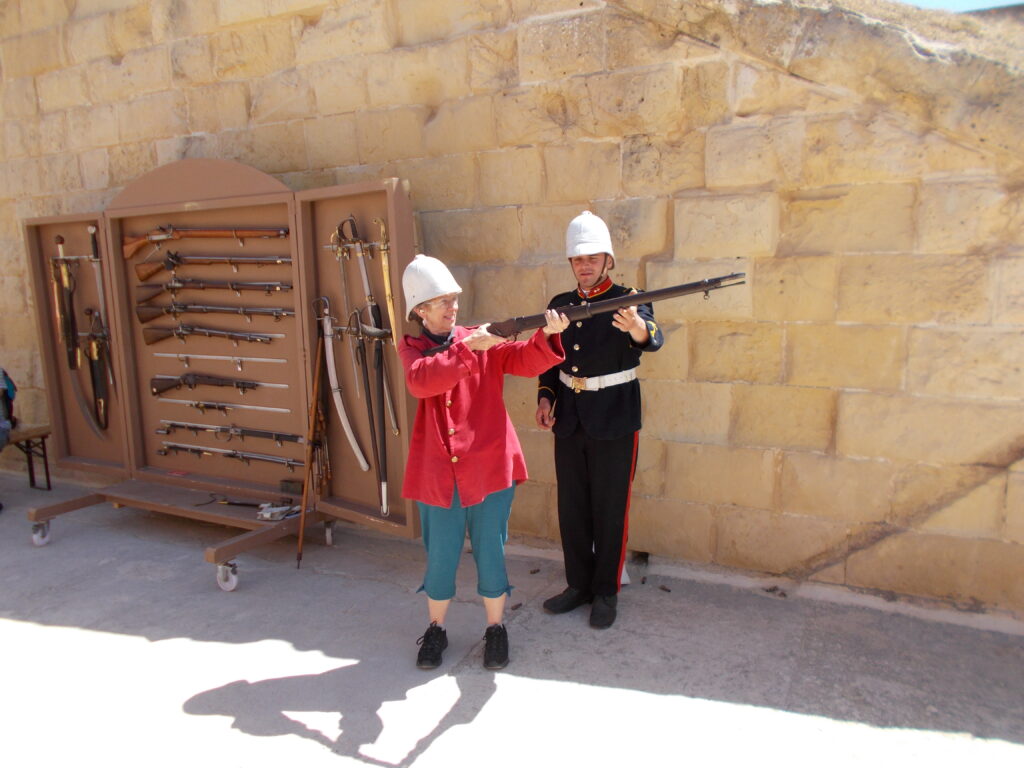
In the nineteenth century and the early twentieth century, the battleship was the king of the world’s navies. The might and power of a nation was on display as its mighty ships sailed the seas. Even while not firing a shot they made a statement about the prestige of the nation and its place in the world.
In addition to the size of the mighty battleship, it was necessary that it have the biggest guns. Well into the twentieth century sea battles saw ships engaging the enemy from as much as fifteen miles away. Battleships retained their prominence until the aircraft carrier made them obsolete. Today, no navy has a battleship. The last four built were our Iowa class battleships; the Missouri, the New Jersey, the Iowa, and the Wisconsin. They were mothballed after WWII and plans were cancelled to build an even larger class of battleships, the “Montana Class”.
In 1874, the Italian Navy decided to equip its battleships with guns to outclass all rivals. Accordingly, they contracted with the British arms manufacturer, Armstrong Whitworth, to design and produce the world’s largest cannons to equip two of their battleships; the Duilio and the Dandolo, the pride of the Italian navy. The weapon produced was a behemoth weighing in at over 100 tons. It fired a 17.72 inch projectile weighing 2000 lbs. Each shot required 450 lbs of black powder. The cannon was a muzzleloader, the largest ever built. A well trained crew could fire at a rate of one shot every six minutes. Depending on the projectile used and the amount of powder, the range was up to eight miles. The cannons were declared fully operational in 1889.
Only fifteen of the “Armstrong Cannons” were produced. The Italian Navy purchased eleven. Eight were used to equip their two battleships. One was installed for coastal defense and two were kept as spares. The British Navy evaluated the Armstrong Cannon and rejected it as too heavy and too expensive. However, they did buy four of the weapons to use for coastal defense. They installed two at Gibraltar and two on the island of Malta. Today, only two Armstrong Cannons still exist; one at Gibraltar and one at Fort Rinella, Malta. The cannon at Fort Rinella is fully operational. It was last fired in 2013. Donations were used to purchase the 450 lbs of black powder required. None of the Armstrong Cannons were ever fired in warfare and they were withdrawn from service in 1906.
The Armstrong Cannon at Fort Rinella is part of a fully restored military installation. Everything is period authentic from the clothing worn by the volunteers to the military food served in the dining room. A number of demonstrations are given throughout the day. Visitors are offered the opportunity to fire authentic 19th century rifles for a small fee. The visitor should plan a half day to enjoy the fort including the military meal. Sorry, no “Grog” in the dining room. Authentic Grog was diluted rum, the only alcohol allowed aboard British Navy ships.
The Armstrong Cannon is only a small part of the experience at Fort Rinella. The visit is well worth the time and entrance fee.




